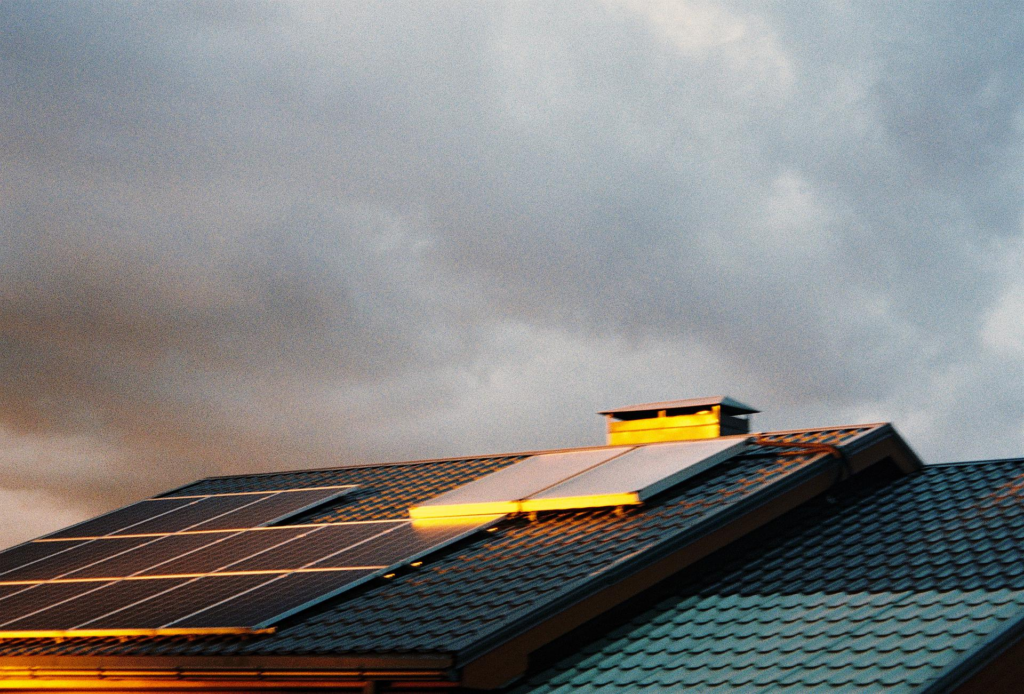29 November 2022 | Climate Tech
From Swell to tidal wave?
By
Relatively quiet week in fundraising overall, given the U.S. holiday. We did see a blockbuster Series B funding round for one start-up, namely Swell Energy, based out of Santa Monica, California. They raised $120M to scale their virtual power plant business.
For a 0 to 1 guide on what the heck a ‘virtual’ power plant is, you can start here with an earlier piece of ours. If you don’t want to get out of flow, here’s a quick synopsis: As more buildings feature distributed energy resources (rooftop solar, batteries) and the right electrical infrastructure to move extra electricity back to the grid, there are opportunities to coordinate large groups of buildings in a sort-of power-plant like set-up.
To use a Thanksgiving dinner analogy for a second:
Imagine electricity is turkey. On a day like Thanksgiving (a day when there’s plenty of solar power available in this analogy), turkey is abundant (electricity). Presumably, most houses have more turkey than they need. But there’s no easy way for them to instantaneously share it with any houses out there that might want it. Wouldn’t it be nice if they could!
Similarly, suppose there was ever a year when there was a turkey shortage on Thanksgiving. In that case, it would be great if many households across a community banded together to use less turkey to ensure everyone had enough. Absent an incentive to do so or an easy way of communicating the need to conserve at scale, that’d be hard to accomplish, however.
These are some of the types of problems VPPs can help solve. South Africa is a good example of where a VPP could work well. In South Africa, distributed rooftop solar provides more electricity than is needed at any given time. The challenge is they need more energy storage to harness it fully, more transmission to move it, and proper infrastructure to coordinate all the systems.

Companies like Swell want to popularize the requisite software and hardware solutions to ensure grid systems are more evolved than South Africa’s. Their ‘GridAmp’ software does the work of coordinating buildings, the utility, and other grid stakeholders. On top of the software, Swell also does solar and energy storage systems installations to expand their number of buildings they can coordinate in a VPP.
To be sure, VPPs aren’t all about producing energy or saving it for later. As we noted earlier, there’s also work to be done on the demand side; timing when EVs charge, for instance, is an essential form of load shifting. With new funds in tow, Swell aims to create a patchwork of 20,000+ homes in the near-term operating as a virtual power plant. So far, the virtual power plants that are cropping up nationwide are “only” at the scale of ~5,000 homes.
Overall, the impact of a VPP at that size still isn’t massive. Swell estimates its VPPs may get up to 600 MWh of generation + demand-response potential in coming years. That’s still a lot less than the 2.
The net-net
To date, Swell operates in California, Hawaii, and New York. I reckon they or competitors will operate in most states soon, however. Compared to any other power plant, they face comparatively no resistance, whether in permitting and environmental reviews, interconnection to the grid, or supply chain issues and material input costs. Rest assured, virtual power plants are coming to your neighborhood. And ideally, you’ll get paid to be a part of them.